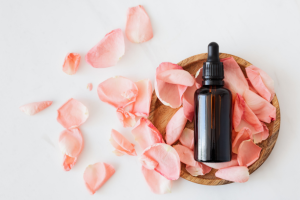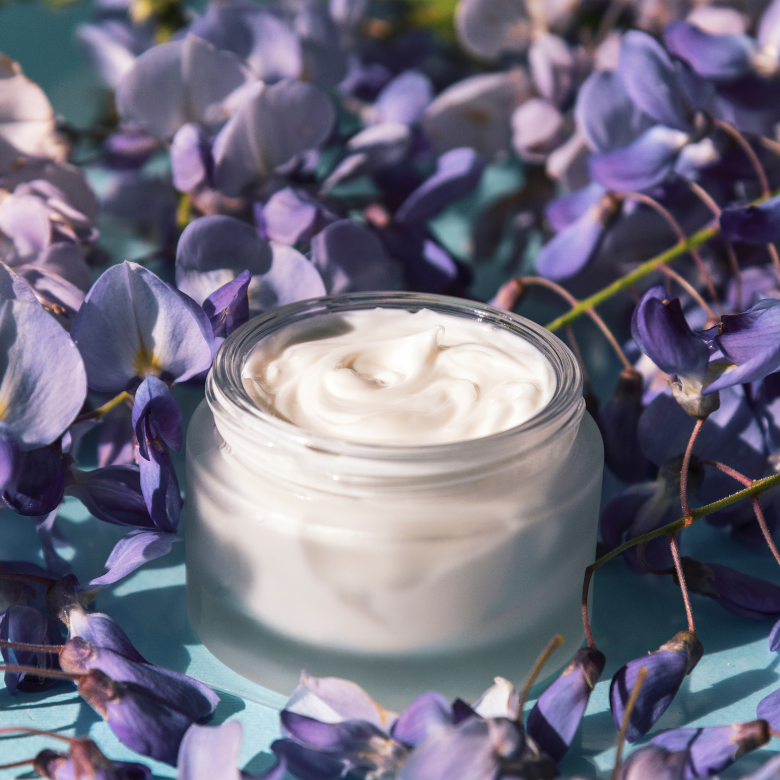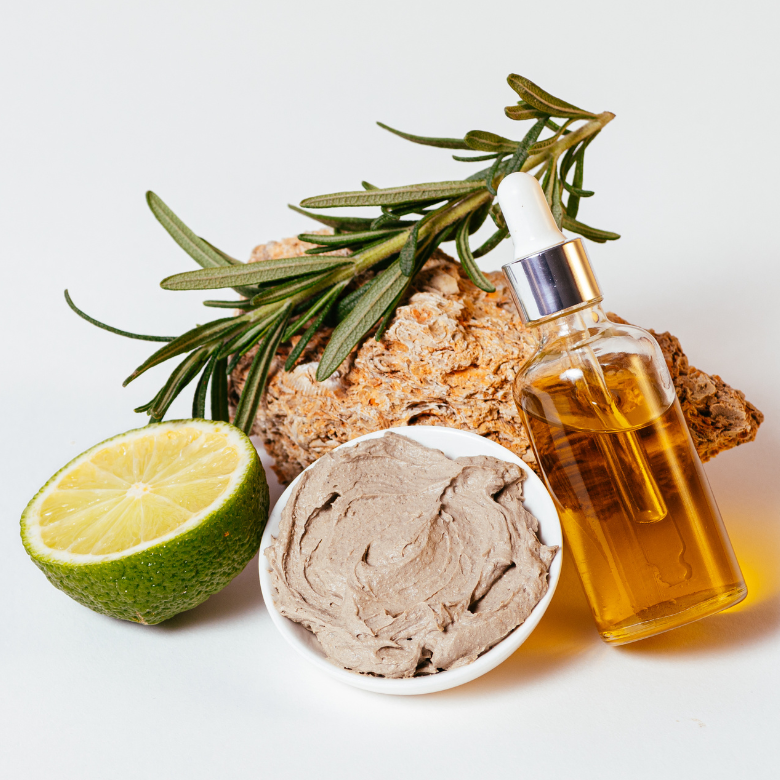Fragrances are a key ingredient in the cosmetics that end up in the hands of millions of consumers around the world every day. Their main function is to impart a pleasant fragrance to cosmetics, which is intended not only to make them more pleasant to use, but also to enhance their attractiveness and make the product stand out from the competition. The right fragrance compositions can create a unique product character, while also supporting brand identity building. It is worth taking a closer look at the types of fragrance compounds, their origins and their role in cosmetics production to understand their importance to the industry.

Diversity of fragrances used in cosmetics
Fragrances in cosmetics are a broad group of compounds that can be divided into natural and synthetic. Both types have their own specific characteristics and uses, so it is crucial to understand the differences between them in order to make informed decisions as a consumer.
Natural fragrances are ingredients of plant or animal origin, extracted from various sources such as flowers, fruits, resins or animals. Examples include essential oils of lavender, rose or sandalwood, as well as less common substances such as ambergris or musk of animal origin. Natural fragrances are very popular because of their richness in aromas and their ecological image, which is attracting more and more conscious consumers. In cosmetics, these substances are often associated with naturally formulated products, although their acquisition can be costly and time-consuming.
Synthetic fragrances, which are created in chemical laboratories, play an equally important role in the cosmetics industry. These compounds are cheaper to produce and more accessible than their natural counterparts. They also have other advantages – they are more stable and longer-lasting, which means that the fragrance of the cosmetic can last longer on the skin or in the hair. Synthetic fragrance compounds also offer a wider range of aromas, often impossible to obtain from natural sources. However, it is important to remember that some synthetic ingredients can cause allergies or irritation in sensitive individuals, so manufacturers must ensure that their products are safe for users.
Fragrance compositions in cosmetics – key ingredients and development process
Fragrance compositions, also referred to as ‘parfum’ in cosmetic formulations, are the result of mixing different fragrances – both natural and synthetic. Perfumers are tasked with creating harmonious and long-lasting fragrances that meet consumer expectations. Each composition is made up of three main elements – head note, heart note and base note. The first of these, the head note, is responsible for the first impression upon opening the cosmetic and is the shortest lasting. The heart note, or ‘heart’ of the composition, appears after a few minutes and remains on the skin for a longer time, giving the product its characteristic aroma. The base note, the longest-lasting, creates the final impression and determines the fragrance’s longevity.
Creating such mixtures requires not only chemical knowledge, but also artistic flair and experience. Modern laboratories, such as those of PCC EXOL, have access to advanced technologies to create modern and innovative fragrance compositions. The products offered by PCC EXOL are key raw materials and chemical intermediates used by cosmetics manufacturers around the world, enabling them to achieve the highest quality fragrances while maintaining safety and efficiency.
Read also: cosmetic intermediates

Fragrances in cosmetics and safety of use
Consumer safety is a priority in cosmetics manufacturing. All fragrances used must undergo rigorous testing to ensure that they do not cause irritation or allergic reactions. Both natural and synthetic fragrance compounds are subjected to dermatological testing, and cosmetic manufacturers must adhere to guidelines set by international regulatory bodies such as IFRA (International Fragrance Association) and the European Union.
Some natural fragrances, especially those of animal origin, can be controversial among consumers due to ethical concerns. Therefore, many manufacturers, including PCC EXOL, are striving to develop more sustainable and ethical solutions by offering raw materials and chemical intermediates that meet the highest industry standards.
Use of fragrance compositions in cosmetics production
In cosmetics production, fragrances are used in a wide range of products, from perfumes and eau de toilette, to creams, lotions and shampoos, to facial care products or shower gels. The right fragrances can have a significant impact on the consumer experience and often determine the choice of a cosmetic. In the case of perfume, fragrance is even a key element to identify the brand and build user loyalty.
Advanced research and innovation in the field of fragrance chemistry allows the creation of increasingly complex and unique aromas that respond to changing market needs. As a leading supplier of chemical raw materials, PCC EXOL plays an important role in providing cosmetic ingredients that allow cosmetic manufacturers to create fragrance compositions with unique properties.

Fragrances in cosmetics
Fragrances, both natural and synthetic, play a fundamental role in cosmetics, influencing their perception and market success. Carefully developed fragrance compositions not only give the products a unique character, but also influence consumer satisfaction. As a producer of surfactants and chemical intermediates, PCC EXOL provides ingredients that support the development of innovative fragrance solutions, while ensuring quality, safety and sustainability.
In the process of creating cosmetics, fragrance is one of the key elements influencing product choice, and thanks to precision and advanced technology, manufacturers can deliver products to the market that meet the highest quality standards.
We invite you to visit our Formulations Area, where we present suggestions for ready-made formulations of cosmetics and personal care products, as well as a wide range of ingredients and additives from our range. You can also use the INCI name search engine to find the product you are interested in.
- https://przemyslkosmetyczny.pl/artykul/kompozycje-zapachowe-w-kosmetyce-bialej/
- https://www.fda.gov/cosmetics/cosmetic-ingredients/fragrances-cosmetics
- https://www.cosmeticsinfo.org/ingredient/fragrance/
- https://ifrafragrance.org/fragrance-and-you/what-is-a-fragrance